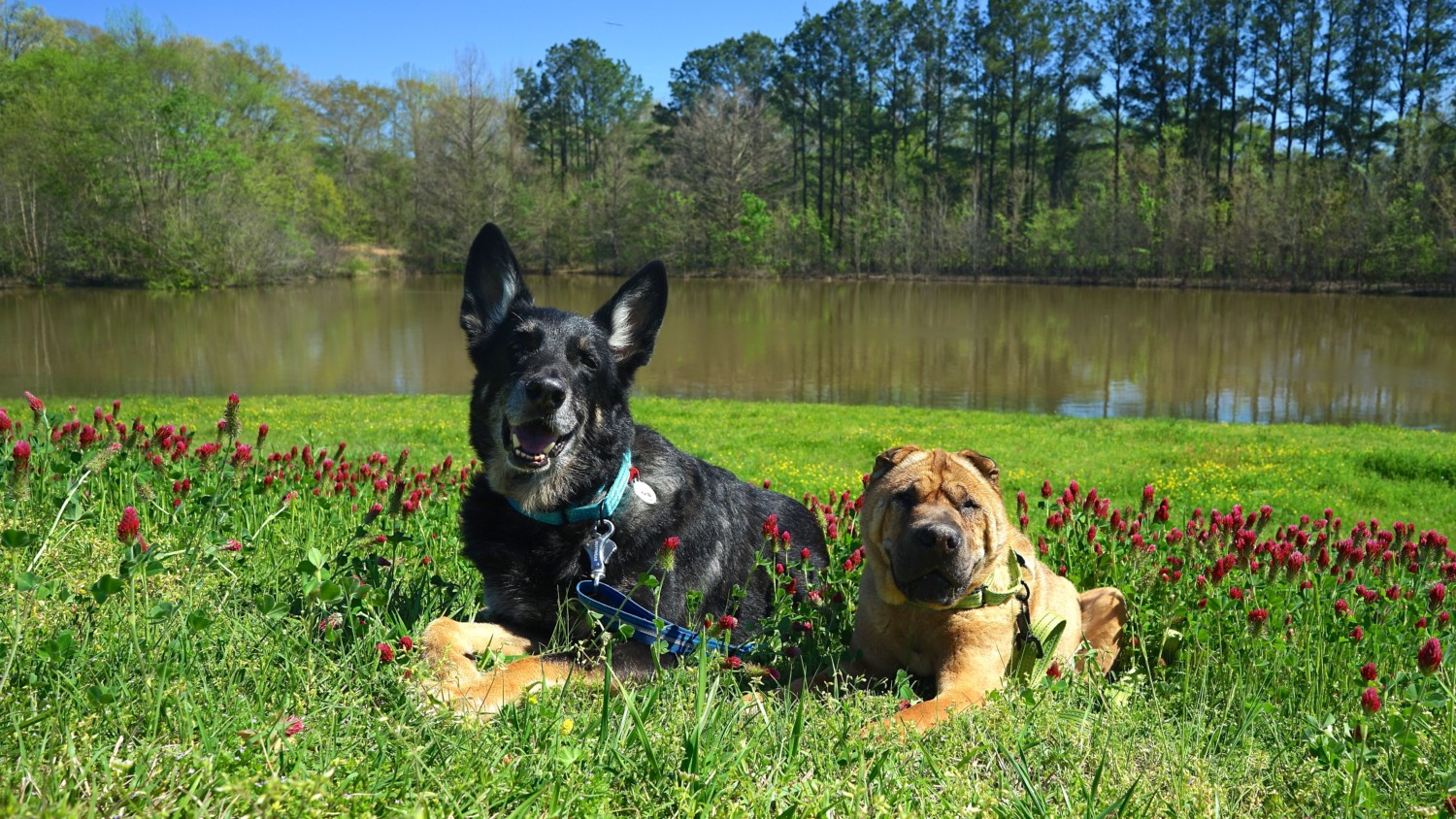
Imagine a time before highways … when most traveling was done on foot. Trails ran between places, and few were as well-used as the Natchez Trace.
Mastodons and giant bison laid down the route, with the first hunters following right on their heels. Tribes like the Chickasaw, Natchez, and Choctaw came next. And soon French and Spanish trappers arrived.
It wasn’t long before pioneers were following the Natchez Trace across the land. And those who settled along the Ohio, Tennessee, and Cumberland Rivers began floating their goods down to New Orleans. After they sold their fare – including the salvageable logs from their flat-boats – they followed part of the Natchez Trace back home.
For centuries, the Natchez Trace evolved with its changing inhabitants. But when steamboats arrived, the old trail finally lay quiet.
Creating The Natchez Trace Parkway
In the early part of the 20th century a commemorative marker project along the Trace captured federal legislators’ attention. It was the spark that brought this historic route back to life.
Construction began on a road along the route in 1937. And the following year the Natchez Trace Parkway was established as a unit of the National Park System. The maximum speed limit on the Parkway is 50 miles per hour, and you won’t find food, gas, or lodging establishments. But, the communities just off the Natchez Trace can meet all your needs.
In September 1996, the Trace was awarded the prestigious designation of All-American Road, recognizing its archeological, cultural, historic, natural, recreational, and scenic significance.
Pets Along The Trace
The Natchez Trace is a fantastic pet friendly road trip, because there’s something to sniff around every bend! Leashed pets are welcome to join you at all exhibits — just don’t take them inside the buildings. And when it’s time to stretch your legs, 28 pet friendly hiking and self-guided trails are just steps away.
Planning Your Trip
With so much to see and do, you should plan to cover about 100 miles of the Trace per day. You still won’t see everything, but you will have enough time to explore the historic and natural beauty around you. From the evidence left by native people who made their lives along these waterways, to sections of the old trace where you can visualize the difficulties faced by those early travelers … the story of our country is laid out along the route.
Best Time To Go
Appreciating the changing landscapes is another enchanting part of visiting the Trace. From thick forests, to boggy cypress swamps, over 2,000 types of plants live and bloom here.
We love visiting in the spring while the dogwoods and wildflowers are in bloom. But there is no question that traveling the Trace in the fall, with all the maples and oaks in their full glory, would be spectacular as well.
There are overnight accommodations in the towns and cities located along the Trace. And you’ll find plenty of camping options right on the Parkway.
We scored a campsite at Davis Lake in the Tombigee National Forest one night, and at Rocky Springs the next! If you’re planning a trip during the more popular times of the year, reservations are recommended.
The Trace leaves its own deep impressions on everyone who passes. For today’s travelers, this is a sacred place where they can connect to explorers who have passed this way for thousands of years. It’s pure and tranquil, and provides welcome relief from the hustle and bombardment of marketing messages we experience in our modern world.